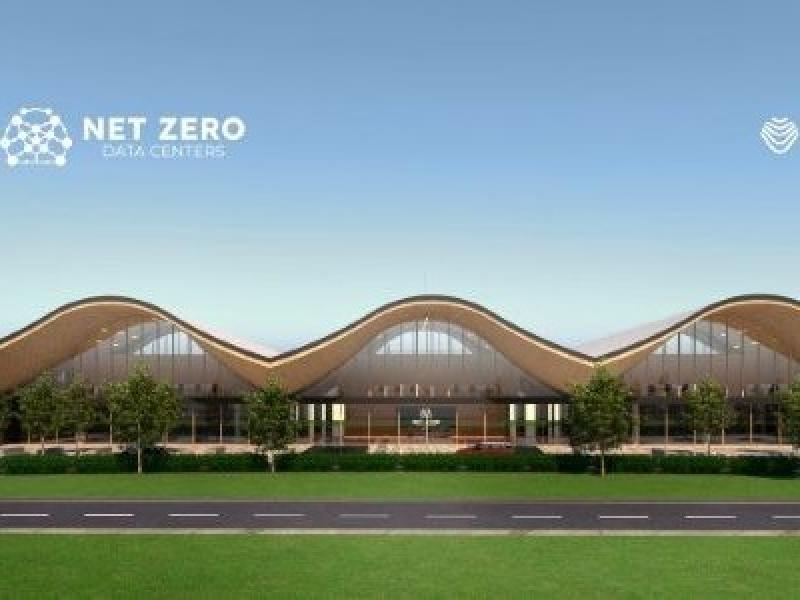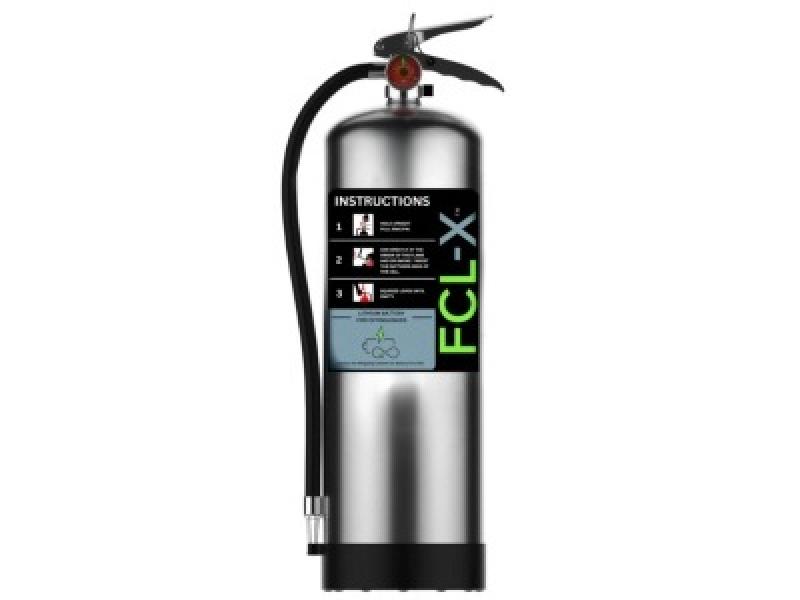
A rendering of Mitrex’s BIPV solar cladding on a high-rise building. (Courtesy Mitrex Integrated Solar Technology)
A residence at St. Mary’s University in Halifax will soon be the site of the tallest building-integrated photovoltaics (BIPV) façade in North America, a system designed by Mitrex Integrated Solar Technology.
Toronto-based Mitrex is a manufacturer of the photovoltaics systems. BIPV technology is made up of solar power-generating elements integrated into a building’s envelope, including roofs, windows and in this case, the façade.
The 6,000-square-foot BIPV system, to be completed in early to mid-2023, will power SMU’s Loyola residence. It will be able to function autonomously, even during power outages, and import excess power from the 22-storey building into the traditional electrical grid.
The façades, or cladding, that makes up the BIPV system will be accented by vertical, semi-opaque solar glass integrated into the windows. The company says the design will incorporate SMU’s colours with a “subtle reveal” of solar technology.
“We believe the future is not a centralized grid. It’s more focused on the microgrids, and you will have decentralized energy production globally,” said Mitrex CEO Danial Hadizadeh. “We believe that’s going to be a lot better for humanity in terms of generation, preservation and also in reducing the number of conflicts that we have once the energy in general, not just electricity, is decentralized.”
The St. Mary’s project
The energy savings and production for this project will be finalized once it is closer to completion, although the BIPV system will be “just under 100 KW,” according to Hadizadeh.
Mitrex has been working with DSRA Architects, Dillon Consulting and BMR Structural Engineering on the design, with construction overseen by EllisDon Corporation and Markland Construction.
Hadizadeh said the company was approached by DSRA to bid on the project, and after a couple of months of negotiation between “two or three companies”, Mitrex was chosen for the installation.
“Moving forward, we are hoping to bring the (solar energy production) up to 100 per cent as the cost of solar batteries, and in general batteries are going down,” Hadizadeh said. “We are hoping that we become a true micro-plant for each building.”
Mitrex’s BIPV system
Mitrex literature states a two-square-metre panel, receiving 3.5 hours of sun per day, would produce 1.44 KWh of electricity daily. Annually, that would be 526.51 KWh, the equivalent of saving 34.75 kgs. of CO2.
A typical 30-storey building incorporating Mitrex products can generate enough solar energy to power 48 homes per year, equivalent to removing 61 cars from the roads.
In January, Mitrex announced the installation of the largest BIPV-integrated wall in North America, at an industrial building in The Toronto neighbourhood of Etobicoke. The wall covers over 7,000 square feet and is expected to produce around 90,000 KWh annually.
In July 2021, the company launched its new headquarters and production facility in Toronto, which allowed it to assume 100 per cent production in Canada. Its goal is to reach a capacity of 25,000 square feet of solar façades per day at the new facility.
There are also plans to add more plants in Canada and the U.S. as Mitrex “engages with a larger market and a larger audience,” Hadizadeh said.
One of Mitrex’s in-progress projects is a 10,000-square-foot solar façade retrofit of a building in Midland, Ont. with a 160 KW BIPV system.
Other projects include implementing solar façades into a six-storey condominium in Burlington, Ont., a 12-storey mid-rise seniors’ residence in Toronto and a Country Homes sales office in Brampton, Ont.
Outside of Canada, Mitrex is working on integrating solar façades into Dubai’s SEE Institute, the research and development arm of Diamond Developers.
Construction and building materials contribute 40 per cent of annual global carbon emissions. Mitrex and Hadizadeh hope to offset much of these embodied carbon emissions through the solar technology.
“Our goal is to accelerate this adaptation of solar façade and other solar applications,” Hadizadeh said. “We’re also working on roof applications, siding applications, anywhere else that solar could fit. That’s been our goal from Day One.”










